13 Mobile Marketing Campaigns That Delivered Results
13 Mobile Marketing Campaigns That Delivered Results
Discover 13 mobile marketing campaigns that really hit the mark.
From Starbucks’ Mobile Order & Pay to Nike’s Nike+ Run Club App, these campaigns set the bar high and delivered impressive results.
Whether you’re a marketer seeking inspiration or simply curious about the latest trends, these success stories are sure to captivate and inform.
So, get ready to be amazed by the innovative ways brands are connecting with consumers through mobile marketing.
Key Takeaways
- Mobile ordering and convenience have become increasingly popular in the fast food industry, with Starbucks’ Mobile Order & Pay and Taco Bell’s Taco Emoji Engine being successful examples.
- Augmented reality experiences have enhanced the shopping experience for customers, as seen with Sephora’s Virtual Artist and IKEA Place AR App.
- Community engagement and tracking have been effective strategies for brands, as demonstrated by Nike’s Nike+ Run Club App.
- Unique shopping experiences, such as Amazon’s Treasure Truck, have attracted consumer attention and contributed to successful mobile marketing campaigns.
Starbucks’ Mobile Order & Pay

If you’re a Starbucks customer, you’ve likely experienced the convenience of their Mobile Order & Pay feature. This innovative service offers remarkable mobile payment convenience, allowing you to order and pay for your favourite drinks and snacks from your phone. The ability to customise your order to your exact preferences enhances customer satisfaction, ensuring that your drink is just the way you like it. Additionally, the app’s integration with Starbucks’ loyalty rewards programme means that every purchase brings you closer to earning free drinks and food items. This not only provides an incentive for repeat business but also enhances customer loyalty.
By leveraging the Mobile Order & Pay feature, Starbucks has successfully catered to the demands of its tech-savvy and time-conscious customers, setting a high standard for mobile payment convenience in the industry. This user-friendly approach not only streamlines the ordering process but also enhances the overall customer experience, making it a win-win for both the company and its patrons.
Transitioning to the subsequent section, let’s delve into Taco Bell’s innovative marketing strategy with their Taco Emoji Engine.
Taco Bell’s Taco Emoji Engine

You’ll be intrigued by Taco Bell’s innovative use of emoji-based engagement to connect with customers.
They created an interactive user-generated content platform that allowed fans to order tacos through Twitter by simply tweeting the taco emoji to the Taco Bell account.
This clever strategy not only engaged their audience but also made it fun and easy for customers to interact with the brand.
Emoji-Based Engagement Strategy
With Taco Bell’s Taco Emoji Engine, you can engage your audience in a fun and interactive way through the use of emojis. Emoji-based engagement has become a powerful tool in understanding consumer behaviour and leveraging it for effective marketing strategies.
By incorporating emojis that resonate with your brand identity, you can connect with your audience on a more personal level and elicit emotional responses. Taco Bell’s innovative use of a taco emoji to allow customers to order food through a simple text message not only simplified the ordering process but also created a playful and memorable experience for their customers.
This creative emoji marketing approach not only increased brand engagement but also influenced consumer behaviour, driving sales and strengthening brand loyalty.
Now, let’s explore the impact of interactive user-generated content on mobile marketing campaigns.
Interactive User-Generated Content
Continuing from the previous subtopic on emoji-based engagement strategy, you can now explore the impact of interactive user-generated content, particularly focussing on Taco Bell’s Taco Emoji Engine.
This innovative campaign allowed users to create and share their own taco-themed GIFs and images, driving significant user engagement and content creation. By leveraging the popular taco emoji, Taco Bell successfully encouraged customers to interact with the brand in a fun and creative way.
The Taco Emoji Engine not only facilitated user engagement but also generated a substantial amount of user-created content, effectively promoting the brand on social media platforms. This approach showcased the power of interactive user-generated content in enhancing brand visibility and customer participation.
Now, let’s delve into another compelling case study, Domino’s Pizza Tracker, to further understand the impact of engaging marketing campaigns.
Domino’s Pizza Tracker
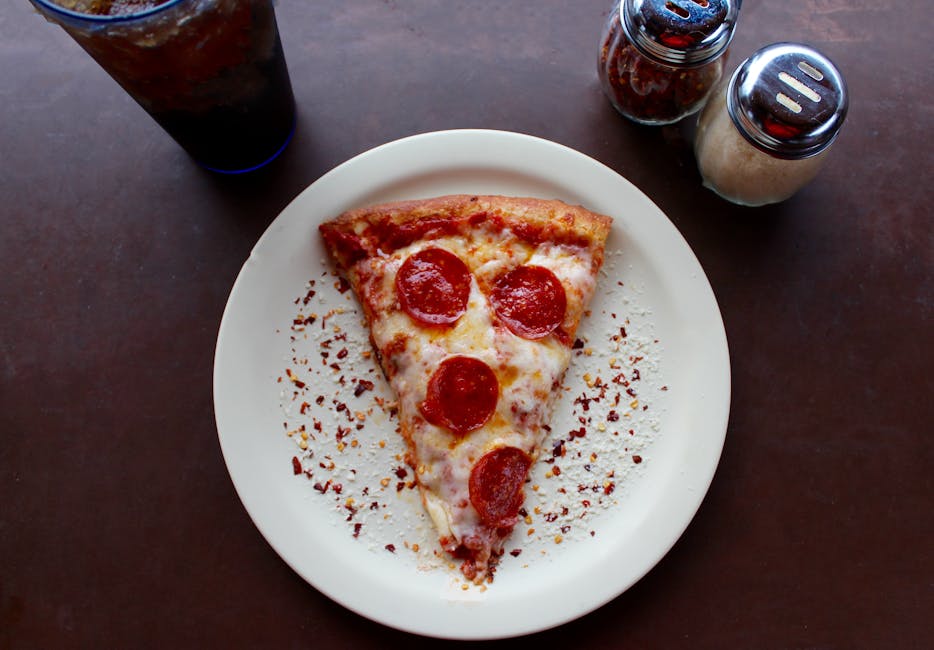
The Domino’s Pizza Tracker revolutionised the pizza ordering experience, allowing you to track every step of your order from preparation to delivery. This innovative feature significantly enhanced customer satisfaction by providing transparency and reassurance throughout the entire process. With real-time updates on the pizza’s status, from when it’s being prepared to when it’s out for delivery, customers felt more engaged and informed. The order tracking not only added a layer of excitement to the waiting process but also instilled a sense of trust in Domino’s services.
By implementing the Pizza Tracker, Domino’s addressed a common pain point in the food delivery industry, ultimately leading to improved customer retention and loyalty. It showcased how technology could be leveraged to enhance the overall customer experience and set a new standard for transparency in food delivery services. With the Pizza Tracker, Domino’s effectively transformed the waiting period into an engaging and interactive experience, demonstrating the power of mobile marketing in improving customer satisfaction.
Now, let’s explore another innovative mobile marketing tool, Sephora’s Virtual Artist, which redefined the beauty shopping experience.
Sephora’s Virtual Artist
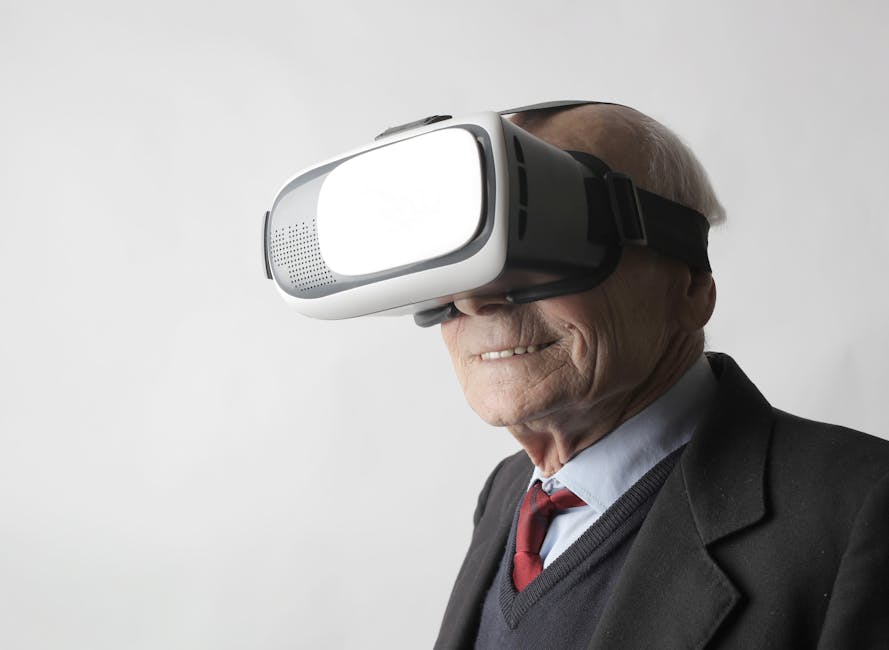
Looking to try on different makeup looks without the hassle of applying and removing products? Sephora’s Virtual Artist app lets you do just that by allowing you to virtually try on various makeup products using augmented reality technology.
This innovative tool not only enhances customer engagement but also provides personalised beauty recommendations based on your preferences and skin tone.
With this app, you can explore and experiment with different makeup styles, making your beauty shopping experience more interactive and tailored to your individual needs.
Virtual Makeup Try-On
When you want to explore the latest trend in mobile marketing, consider the success of Sephora’s Virtual Artist virtual makeup try-on campaign. Virtual makeup trends have been revolutionised by the introduction of AR beauty experiences, allowing customers to virtually try on different makeup products using their smartphones.
Sephora’s Virtual Artist app utilises this technology to provide a realistic and interactive way for customers to test and visualise how various makeup products will look on their skin before making a purchase. This not only enhances the overall shopping experience but also increases customer confidence in their purchase decisions.
The Virtual Artist campaign has successfully integrated virtual makeup try-on into mobile marketing strategies, setting a new standard for customer engagement in the beauty industry.
This technological innovation has significantly enhanced customer engagement, transforming the way consumers interact with beauty products.
Enhanced Customer Engagement
To enhance customer engagement, utilise Sephora’s Virtual Artist app to provide a realistic and interactive way for customers to virtually try on different makeup products using their smartphones. This innovative approach not only allows customers to experiment with various looks but also fosters a deeper connexion with the brand.
The app incorporates gamification elements, making the makeup try-on experience fun and engaging. Furthermore, Sephora’s Virtual Artist app seamlessly integrates with the brand’s loyalty programmes, offering incentives for active participation.
Additionally, the app can be used to conduct mobile surveys and gather feedback from customers, further enhancing their engagement and satisfaction. By leveraging these features, Sephora has successfully transformed the customer experience, setting a benchmark for enhanced customer engagement in the beauty industry.
Personalised Beauty Recommendations
You can receive personalised beauty recommendations through Sephora’s Virtual Artist app. This innovative mobile marketing tool uses augmented reality to provide personalised skincare recommendations, customised makeup suggestions, and beauty product promotions. By utilising targeted advertising, the app tailors its recommendations based on individual preferences, skin types, and desired beauty looks. The Virtual Artist app allows users to virtually try on different makeup products, experiment with various shades, and receive personalised beauty tips and tutorials. This interactive and personalised approach not only enhances customer engagement but also drives sales by providing a unique and tailored shopping experience. Sephora’s Virtual Artist app exemplifies how mobile marketing campaigns can effectively deliver personalised beauty recommendations and create meaningful customer interactions.
| Personalised Skincare Recommendations | Customised Makeup Suggestions | Beauty Product Promotions |
|---|---|---|
| Tailored to individual preferences | Virtual try-on of products | Targeted advertising |
| Based on skin types and concerns | Experiment with different shades | Personalised beauty tips and tutorials |
| Enhances customer engagement | Provides personalised shopping experience | Drives sales through tailored recommendations |
Nike’s Nike+ Run Club App

Nike’s Nike+ Run Club App revolutionised the running experience by combining performance tracking with community engagement. The app allowed runners to track their progress and connect with a supportive community of fellow athletes. By visualising running routes and monitoring pace, distance, and time, the app provided valuable insights into progress and areas for improvement.
In addition to monitoring performance, the app facilitated community engagement through virtual races and challenges. Users could compete with friends or other runners around the world, creating a sense of friendly competition and accountability. The social feed feature allowed users to share achievements and encourage others, fostering a positive and uplifting environment.
The app also offered the option to join local running groups and events, enhancing the sense of community and providing opportunities for real-world connexions with fellow runners. With the Nike+ Run Club App, runners could achieve their fitness goals while feeling connected to a larger community of like-minded individuals.
IKEA Place AR App
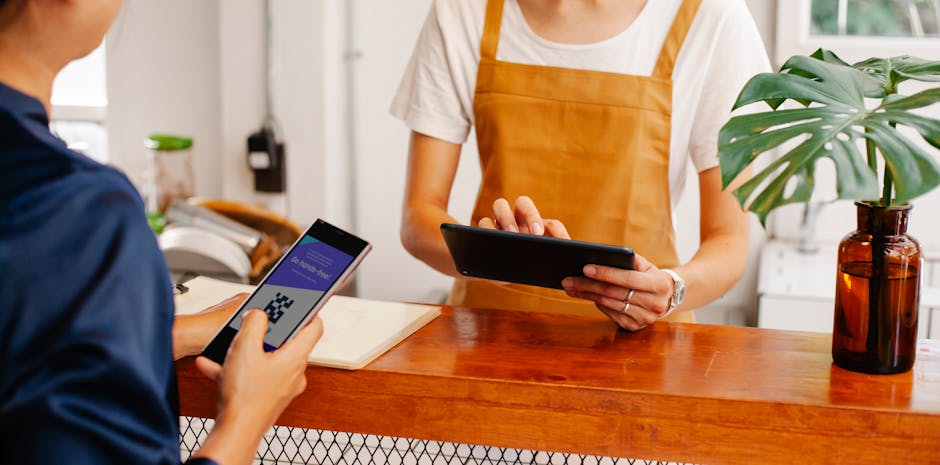
The IKEA Place AR App revolutionised the way you shop for furniture by allowing you to visualise how items would look in your home before making a purchase. This innovative app utilises augmented reality technology to create a virtual room design experience, enabling you to accurately prevue furniture in your living space. The app’s intuitive interface and realistic renderings have made it a game-changer in the furniture retail industry. Here’s a comparison table to highlight the key features of the IKEA Place AR App:
| Features | Description |
|---|---|
| Augmented Reality Furniture | Visualise furniture in your home environment |
| Virtual Room Design | Create a virtual layout of your living space |
| Realistic Renderings | Accurately prevue how furniture looks |
| Intuitive User Interface | User-friendly design for easy navigation |
| Seamless Shopping Experience | Direct purchasing from the app |
The IKEA Place AR App not only enhances the shopping experience but also provides a practical solution for visualising furniture in your home, making it a valuable tool for customers.
Amazon’s Treasure Truck

Continuing from the previous subtopic, IKEA Place AR App, Amazon’s Treasure Truck offers a unique shopping experience through its mobile marketing campaign. The Treasure Truck is essentially a retail store on wheels that travels to different locations and offers a handpicked selection of new, trending, or exclusive items at discounted prices. This concept brings the excitement of a flash sale directly to the customer’s neighbourhood, creating a sense of urgency and exclusivity around the products.
Imagine a brightly coloured truck pulling up to your local park or shopping centre, adorned with eye-catching signage and filled to the brim with the latest gadgets, gourmet foods, or trendy home goods.
Customers receive a notification through the Amazon app when the Treasure Truck is in their area, prompting them to browse the available items and make a purchase through their mobile device for pickup at the truck’s location.
The interactive and spontaneous nature of the Treasure Truck’s mobile promotions not only drives sales but also fosters a strong sense of customer engagement by creating a fun and memorable shopping experience.
Wendy’s #NuggsForCarter

Have you heard about Wendy’s #NuggsForCarter mobile marketing campaign? It’s a prime example of the incredible social media impact and viral marketing success that can be achieved through a well-executed mobile marketing strategy. In April 2017, a Twitter user named Carter Wilkerson jokingly asked Wendy’s how many retweets he would need to receive a year’s supply of chicken nuggets. Wendy’s responded with ’18 million.’ This simple interaction sparked a viral sensation as Carter tweeted, ‘HELP ME PLEASE. A MAN NEEDS HIS NUGGS’ and the hashtag #NuggsForCarter was born.
The campaign quickly gained momentum, with people rallying behind Carter’s quest for free nuggets. Wendy’s capitalised on this organic social media movement, leveraging the power of mobile marketing to engage with their audience and generate widespread buzz. As a result, #NuggsForCarter became one of the most retweeted tweets of all time, showcasing the immense potential of mobile marketing to drive brand awareness and customer engagement.
Here’s a look at how Wendy’s #NuggsForCarter campaign made waves:
| Retweets | Likes | Impressions |
|---|---|---|
| 3.6M | 1.1M | 6.8 billion |
This remarkable campaign serves as a testament to the impact of mobile marketing when it comes to igniting viral sensations and captivating audiences across social media platforms.
Coca-Cola’s Share a Coke Campaign
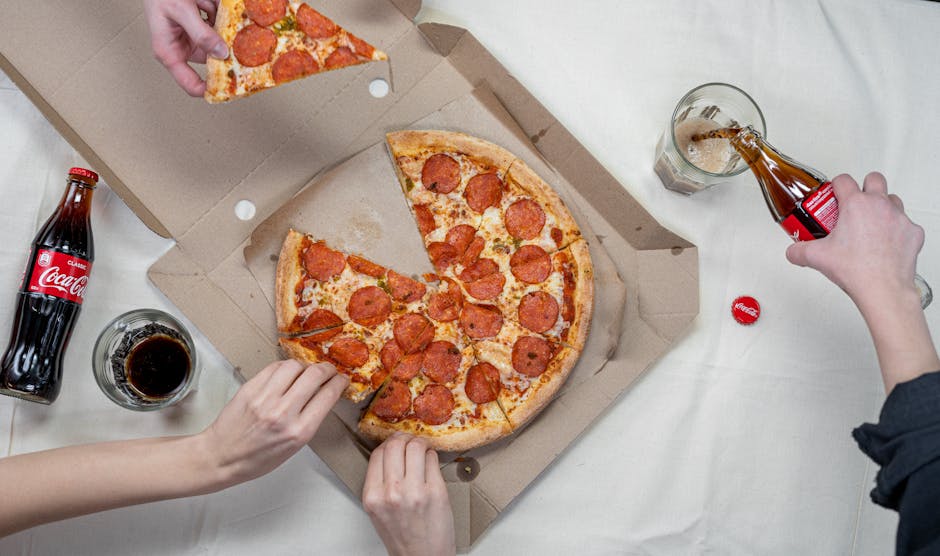
When did Coca-Cola launch the Share a Coke Campaign, and what made it so impactful? Coca-Cola launched the Share a Coke Campaign in 2011, aiming to enhance customer engagement and brand visibility. The campaign replaced the Coca-Cola logo on their bottles with 250 of the most popular names amongst young adults. This personalised approach resonated with consumers, encouraging them to find and share a Coke with friends and family members whose names appeared on the bottles. The campaign’s success was further amplified through social media, as people posted images of the personalised bottles, creating a buzz and increasing brand visibility. The Share a Coke Campaign not only facilitated meaningful interactions between customers but also generated user-generated content, boosting Coca-Cola’s presence across various platforms.
The sight of shelves filled with Coca-Cola bottles featuring different names evoked a sense of inclusivity and personal connexion. People eagerly searched through the bottles, feeling a thrill of excitement when finding their own name or that of a loved one.
This innovative marketing approach effectively captured the attention of consumers, fostering a strong emotional connexion and significantly boosting brand visibility. The Share a Coke Campaign exemplifies how personalised strategies can drive customer engagement while enhancing a brand’s presence.
As we move on to discuss ‘The Home Depot’s Mobile App,’ it’s clear that mobile marketing continues to revolutionise customer interactions.
The Home Depot’s Mobile App
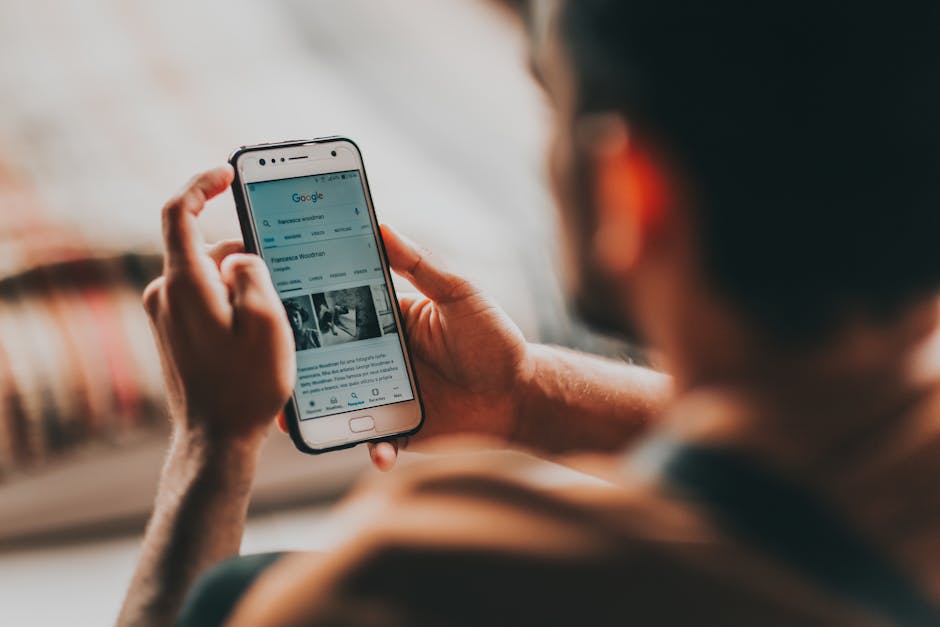
You’ll be interested to learn how The Home Depot’s mobile app has enhanced the customer shopping experience while also significantly increasing mobile app downloads.
This innovative approach has played a pivotal role in engaging and retaining customers by providing them with convenient and personalised shopping experiences.
The app’s user-friendly interface and seamless integration with in-store and online shopping have made it a successful platform for The Home Depot’s mobile marketing campaign.
Enhanced Customer Shopping Experience
Improving the shopping experience for customers, The Home Depot’s mobile app provides convenient access to product information, personalised recommendations, and seamless purchasing options.
With personalised recommendations, the app tailors product suggestions based on your previous purchases and browsing history, making it easier to discover new items that match your preferences.
Additionally, the app seamlessly integrates with The Home Depot’s mobile loyalty programme, allowing you to earn rewards and access exclusive deals while shopping.
As you navigate through the app, you can easily explore detailed product descriptions, customer reviews, and real-time stock availability, enhancing your overall shopping experience.
Furthermore, the app’s intuitive interface and streamlined checkout process ensure a hassle-free and efficient purchasing journey, empowering you to make informed decisions and complete transactions with ease.
Increased Mobile App Downloads
With The Home Depot’s focus on enhancing the shopping experience, you frequently encounter promotions for their mobile app, driving increased mobile app downloads.
The Home Depot’s strategic use of mobile marketing has significantly contributed to the surge in app downloads, allowing customers to explore the benefits of the app’s features such as mobile gaming and fitness tracking.
By leveraging mobile gaming elements and providing fitness tracking capabilities within their app, The Home Depot has successfully attracted a wider audience, resulting in a notable increase in app downloads.
This approach not only enhances customer engagement but also provides additional value to users beyond the traditional shopping experience.
The Home Depot’s emphasis on delivering a well-rounded mobile app has undoubtedly played a pivotal role in driving the upward trajectory of app downloads.
Volkswagen’s SmileDrive App

Volkswagen’s SmileDrive app allowed you to capture and share your memorable road trip moments effortlessly. The app used smile detection technology to automatically take photos whenever you smiled while driving, creating a gamified driving experience.
Picture this: you’re cruising down a scenic highway, the wind blowing through your hair, and the app captures the exact moment you and your friends burst into laughter at a hilarious joke. The smile detection technology triggers the app to snap a photo, freezing that moment in time.
Additionally, the app recorded your route, distance, time, and weather, providing a comprehensive overview of your road trip adventures. Imagine being able to look back at a map of your journey, complete with photos and memories attached to each location. With SmileDrive, Volkswagen successfully transformed the road trip experience into a fun, sharable adventure.
Now, let’s shift our focus to Taco Bell’s Explore, another innovative mobile marketing campaign that engaged users in a unique way.
Taco Bell’s Explore

Taco Bell’s Explore campaign engaged customers through a gamified mobile experience, encouraging them to interact with the brand in new and exciting ways. The campaign employed digital engagement to create a unique and immersive experience for users. By incorporating brand storytelling into the mobile platform, Taco Bell effectively connected with its audience on a personal level, fostering a sense of loyalty and familiarity.
The Explore campaign allowed users to navigate through a virtual world, where they could unlock various challenges and rewards along the way. This approach not only captivated the audience but also kept them coming back for more. Through interactive storytelling, Taco Bell effectively communicated its brand message and values, establishing a deeper connexion with its customers.
The campaign’s success can be attributed to its ability to seamlessly integrate digital engagement and brand storytelling, creating a cohesive and impactful experience for users. By leveraging the power of mobile technology, Taco Bell was able to forge meaningful connexions with its audience, driving brand affinity and customer loyalty.
Chipotle’s ‘Scarecrow’ Animated Film

After engaging their audience with an immersive mobile experience, you can see a similar trend in Chipotle’s ‘Scarecrow’ Animated Film, which also utilised digital storytelling to connect with customers.
The animated storytelling in the film vividly conveyed Chipotle’s commitment to sustainable sourcing and ethical marketing, thus enhancing brand awareness. As you watch the film, you’re transported to a dystopian world where a scarecrow, representing Chipotle, challenges the industrial food production complex. The haunting visuals of factory farming and the contrast of vibrant, fresh produce create a powerful emotional impact, effectively conveying the brand’s values and message.
Furthermore, the film’s captivating narrative successfully draws you into the story, making you empathise with the scarecrow’s mission and root for its success. The use of animation not only makes the film visually appealing but also allows for the portrayal of complex concepts in a compelling and accessible manner.
This approach effectively resonated with audiences, successfully promoting Chipotle’s core values and differentiating the brand in a crowded market.
Frequently Asked Questions
How Did the Companies Measure the Success of Their Mobile Marketing Campaigns?
To measure success, companies used data analytics, campaign tracking, and performance metrics. They analysed user engagement, click-through rates, and conversion rates to evaluate the effectiveness of their mobile marketing campaigns and make data-driven decisions for future strategies.
What Were the Main Challenges Faced in Implementing These Mobile Marketing Campaigns?
Implementing mobile marketing campaigns poses challenges in integrating user engagement, measuring effectiveness, and navigating the implementation process. Understanding these obstacles and devising strategies to address them is crucial for achieving successful mobile marketing results.
How Did the Companies Incorporate User Feedback and Engagement Into Their Mobile Marketing Strategies?
You incorporated user feedback by actively seeking input through polls and surveys. Engagement strategies focussed on user interaction, promoting customer involvement via personalised content and interactive features. This fostered a sense of community and loyalty.
What Were the Key Learnings From These Mobile Marketing Campaigns That Could Be Applied to Other Industries?
To apply key strategies and effective tactics from these mobile marketing campaigns to other industries, consider the lessons learnt. Industry applications can benefit greatly from the insights gained, making it essential to adapt and implement these successful approaches.
How Did the Companies Ensure That Their Mobile Marketing Campaigns Were Integrated With Their Overall Marketing and Business Objectives?
To ensure mobile marketing campaigns are integrated with overall marketing and business objectives, companies often use integration strategies. They aline campaigns with business goals, measure ROI, and track performance to deliver results and meet objectives effectively.
Conclusion
You’ve seen how these 13 mobile marketing campaigns have delivered real results for big brands.
Did you know that according to a study by eMarketer, mobile ad spending in the US is expected to reach $113.21 billion in 2020, surpassing TV ad spending for the first time?
With the growing importance of mobile marketing, these successful campaigns serve as great examples for businesses looking to engage with their customers on the go.
Contact us to discuss our services now!
